Cargando...
Recursos educativos
-
Nivel educativo
-
Competencias
-
Tipología
-
Idioma
-
Tipo de medio
-
Tipo de actividad
-
Destinatarios
-
Tipo de audiencia
-
Creador
Lo más buscado
- Siglo XX
- Comarques de Catalunya
- Letras P
- El reino visigodo de Toledo
- Letras Q
- Cuentos ilustrados
- Dibujos de experimentos
- Repaso de lengua castellana
- La Europa carolingia
- Posibilidades expresivas del cuerpo
- Palabras con r y rr
- Julio Cortázar
- Arte megalítico
- Sistema digestivo
- Ejercicios de signos de interrogación
-
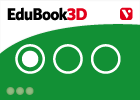
Final self-evaluation T13 02 - Transition and democracy in Spain (1975-2...
EduBook Organización
- 4323 visitas
Choose the correct answer: When did Juan Carlos I become King of Spain? How many autonomous communities are there in Spain? And autonomous cities? In which year did the Aznar government suspend…
-
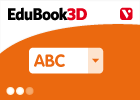
True/false. Transporting water from the root to the leaves
EduBook Organización
- 4189 visitas
Answer true or false: Transpiration of water through the stomata in the leaves is a continuous evaporation process. The xylem vessels are very thin in diameter. Less than 1 mm in diameter. A stoma is a…
-
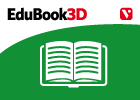
Animals are living things (II)
EduBook Organización
- 4180 visitas
How do animals move? Animals move in different ways, depending on where they live. Many animals move on land: Cheetahs use their legs to walk and run. Kangaroos use their legs to jump. Spiders use their…
-
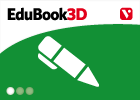
Answer. Humanism
EduBook Organización
- 4160 visitas
Review the concepts you have studied and answer the following questions: What new vision of humanity did Humanism introduce? What was the value of classical culture for humanists? Who were patrons? Find…
-
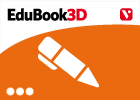
Check. Test yourself
EduBook Organización
- 4078 visitas
Remember what you have studied in this section and answer the questions: What is the difference between binary fission and budding? What types of asexual reproduction are often seen in plants? How do we…
-

Conversations (F)
EduBook Organización
- 3751 visitas
The Man is talking to the Leopard. What does the Leopard say? Read the conversation and choose the best answer. You do not need to use all the answers. Man: Are you free today? Leopard: Man: Do you want…
-

A Drink Called Tea
EduBook Organización
- 3733 visitas
What is tea? Tea comes from the dry leaves1 of the Camellia sinensis plant. This plant grows in high places with hot weather and a lot of rain. There are three types of tea: black, green and oolong.…
-
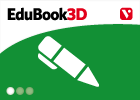
Observe. Egyptian tombs
EduBook Organización
- 4026 visitas
Look at the three types of Egyptian tomb and do the activities: Explain the differences between a mastaba, a pyramid and a hypogeum. What was the function of each construction? Where is the sarcophogus…
-
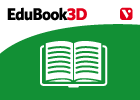
Air and life
EduBook Organización
- 3966 visitas
We need air to breathe Humans and other animals that live on land need air to live. When we breathe, we take oxygen from the air. With this oxygen and with the food we eat, our body has the energy it…
-
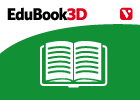
Activities - Natural and man-made landscapes
EduBook Organización
- 3961 visitas
There are places on Earth that have not been changed by humans. These are called natural landscapes. Landscapes that have been changed by humans are called man-made landscapes. There are three different…
Te estamos redirigiendo a la ficha del libro...











